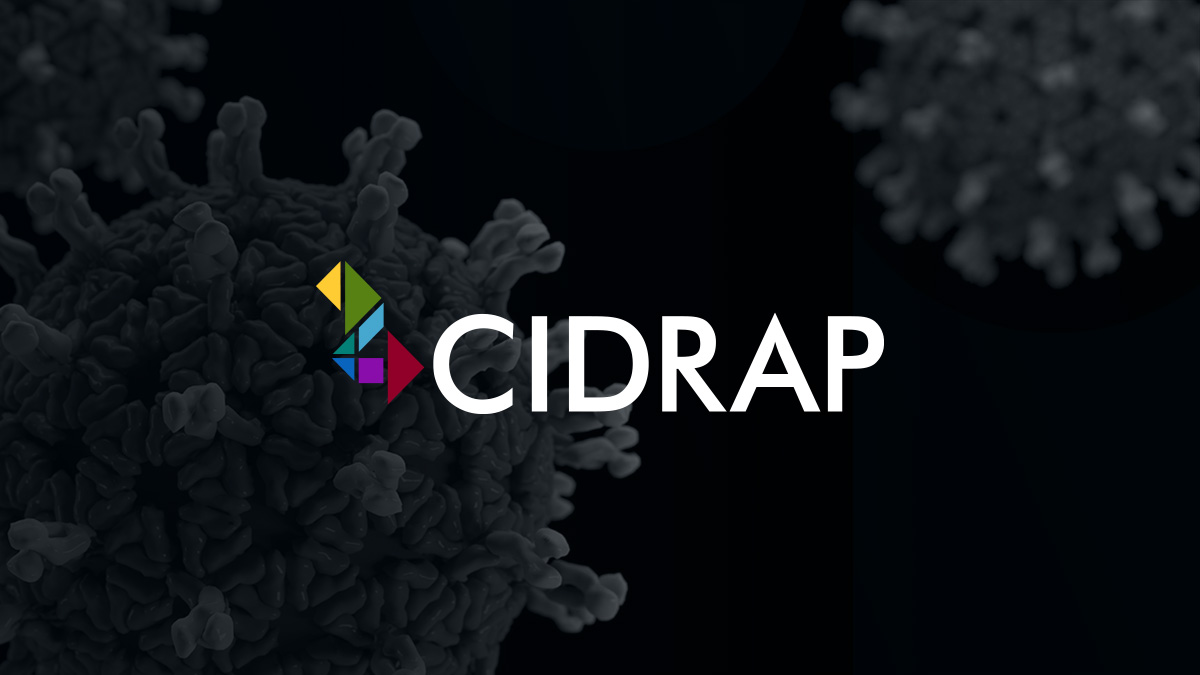Findings from a recent study show that peritoneal dialysis (PD) and hemodialysis (HD) have equivalent survival benefits for patients with end-stage renal disease (ESRD).1
The systematic review and meta-analysis assessed data from 27 observational…

Findings from a recent study show that peritoneal dialysis (PD) and hemodialysis (HD) have equivalent survival benefits for patients with end-stage renal disease (ESRD).1
The systematic review and meta-analysis assessed data from 27 observational…

Seven new illnesses and two additional deaths have been reported in multistate Listeria outbreak tied to prepared pasta meals, the Centers for Disease Control and Prevention (CDC) and Food and Drug Administration (FDA) said yesterday in updates.
A total of 27 people in 18 states have been infected with the outbreak strain of Listeria monocytogenes, with 25 hospitalizations and 6 deaths. One pregnancy-associated infection resulted in fetal loss. Deaths have been reported in Hawaii, Illinois, Michigan, Oregon, Texas, and Utah.
The illness-onset dates range from August 6, 2024, to October 16, 2025. Patient ages range from 4 to 92 years, with a median age of 74 years. Two thirds of patients are women.
The outbreak has been linked to prepared meals that include pre-cooked pasta made by Nate’s Fine Foods, which does not sell its products directly to consumers. On September 30, the company expanded its recall of certain lots of pre-cooked pasta after a sample of linguini collected from a frozen meal made by FreshRealm tested positive for the outbreak strain of Listeria. The strain matched one identified earlier in pasta from a FreshRealm chicken alfredo meal.
According to the CDC, of the 13 people who have been interviewed by state and local public health officials, 7 reported eating precooked meals purchased from Walmart and Kroger, and 4 specifically reported chicken fettucine alfredo. Two people also reported eating deli salads from other stores.
Among the products that have been recalled are Sprouts Farmers Market Smoked Mozzarella Pasta Salad, Scott & Jon’s Shrimp Scampi with Linguini Bowls, and Trader Joe’s Cajun Style Blackened Chicken Breast Fettucine Alfredo.
“CDC and states are working to get information on whether sick people ate recalled food or if additional foods may be contaminated with Listeria monocytogenes,” the FDA said. “Consumers should double check their refrigerators and freezers for recalled foods.”
The FDA said the company is working with the agency and its customers to determine if additional recalls are needed.
Listeriosis primarily affects older people, young children, those with compromised immune systems, and pregnant women. In pregnant women, even mild illness can lead to miscarriage or stillbirth.

In a move that could reshape the future of computing, Elon Musk has thrown his weight behind the concept of orbital data centers, joining a growing chorus of tech billionaires betting on space to meet Earth’s…
LONDON, Oct. 31 (Xinhua) — Children and young adults, particularly university students, face an increased risk of meningococcal meningitis and septicaemia, the UK Health Security Agency (UKHSA) warned on Thursday, following a nationwide rise…

Nissan made its all-electric racing debut in Season 5 (2018/19) of the ABB FIA Formula E Championship, becoming the first and only Japanese manufacturer to enter the series.
In Season 7 (2020/21),…

Nissan made its all-electric racing debut in Season 5 (2018/19) of the ABB FIA Formula E Championship, becoming the first and only Japanese manufacturer to enter the series.
In Season 7 (2020/21),…
SOREL-TRACY, Québec — Rio Tinto and Canada Growth Fund Inc. (CGF) are pleased to announce a transaction to advance the Canadian production of scandium oxide in Sorel-Tracy, Québec at the facility under construction at Rio Tinto’s Critical Minerals and Metallurgical Complex. CGF will invest approximately C$25 million to support production at North America’s sole facility capable of supplying this material, expanding the facility’s nameplate capacity to nine tonnes per annum and strengthening Canada’s critical minerals supply chain.
Scandium is a rare and strategically important metal, essential for high-performance aluminium alloys, solid oxide fuel cells, and a range of new and emerging technologies. Its significance lies in its role as an enabling element, enhancing the performance of materials and technologies beyond conventional limits. Scandium’s strategic importance will continue to grow as global industries advance toward electrification, carbon neutrality, and the utilization of high-performance materials.
Today, the global market for scandium remains small with China producing most refined scandium globally. Rio Tinto’s demonstration plant, which began production in 2022, currently accounts for the entirety of North American scandium supply and is one of the few meaningful sources of supply within the Organisation for Economic Co-operation and Development. Through the successful deployment of the demonstration plant, Rio Tinto is established a scalable, reliable, and sustainable source of scandium for North America.
Rio Tinto Iron and Titanium and Diamonds Managing Director Sophie Bergeron said: “Rio Tinto is pleased to partner with CGF and the Government of Canada to expand our Canadian production of scandium oxide, a high-performance material used for advanced manufacturing and energy generation. This project leverages an innovative process developed in Canada by our scientists, fully supplied from our domestic mining and metallurgical assets to provide a secure, North American supply of this critical mineral.”
Canada Growth Fund Investment Management President and Chief Executive Officer Yannick Beaudoin said: “With its unique investment mandate, CGF invests into innovative transaction structures that directly support projects of strategic priorities. This transaction, completed alongside an established operating partner, enables us to unlock new models for risk-sharing and value creation that advance Canada’s supply chain resilience strategy. Our commitment to the Project demonstrates how targeted investment and disciplined structuring can deliver tangible benefits for the Canadian industry and economy.”
PSP Investments President and Chief Executive Officer Deborah K. Orida said: “We are delighted to bring PSP Investments’ rigorous investment process, depth of expertise and arm’s length governance model to the execution of CGF’s mandate. With today’s announcement, CGF continues to provide innovative solutions that enable the development of important projects, improving Canada’s investment climate, and contributing to PSP’s foresight on the evolution of the critical minerals supply chain.”
Rio Tinto has pioneered a breakthrough process to extract and produce high-purity scandium directly from the waste streams of titanium dioxide production at its Rio Tinto Iron and Titanium — Québec operations, eliminating the need for additional mining and minimizing environmental impact. Recognized as a critical mineral by Canada, the United States, Australia, and other jurisdictions, scandium is globally dispersed yet typically occurs in very small concentrations, intricately bound with other minerals and metals, rendering its extraction and refinement both technically challenging and cost prohibitive.
It is the most effective known microalloying element for strengthening aluminium, imparting enhanced flexibility, heat and corrosion resistance, and reduced weight, attributes that confer strategic advantages for defense platforms and lightweight vehicle manufacturing. Its unique properties also elevate the performance of solid oxide fuel cells, which are increasingly deployed as alternative power solutions for buildings, medical facilities, and data centers.
Transaction Highlights
Contacts
Please direct all enquiries to media.enquiries@riotinto.com
Media Relations, Canada
Simon Letendre
M +1 514 796 4973
Rio Tinto plc
6 St James’s Square
London SW1Y 4AD
United Kingdom
T +44 20 7781 2000
Registered in England
No. 719885
Rio Tinto Limited
Level 43, 120 Collins Street
Melbourne 3000
Australia
T +61 3 9283 3333
Registered in Australia
ABN 96 004 458 404
Category: RTFT

Take-Two Interactive Software Inc.’s Rockstar Games fired dozens of employees in a move that a British trade union said was designed to prevent the workers from unionizing. The company said they were fired for misconduct.
The Grand Theft Auto…